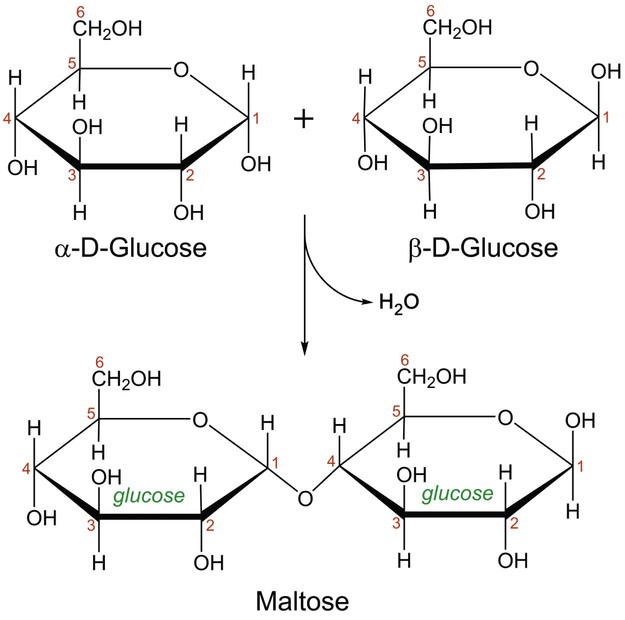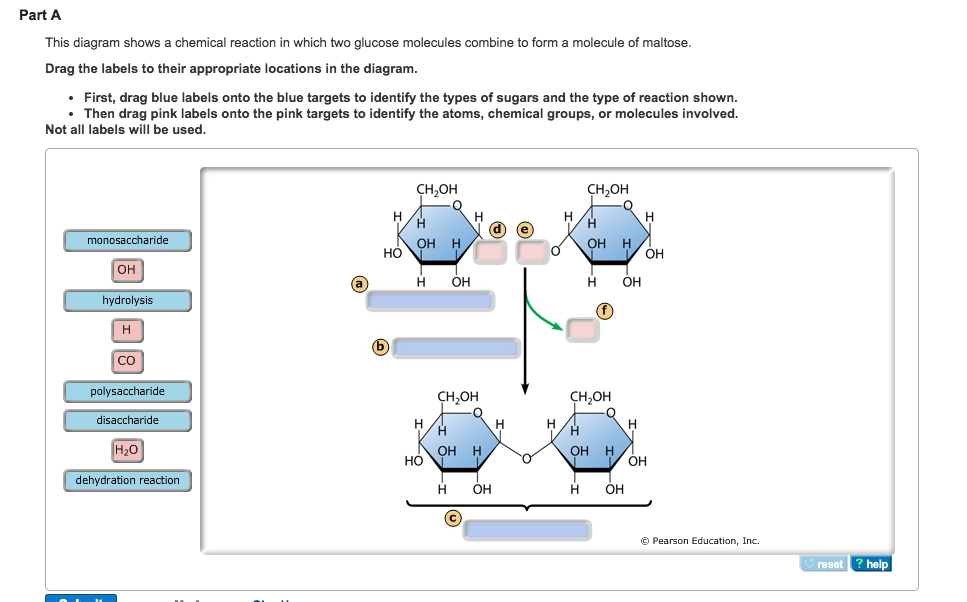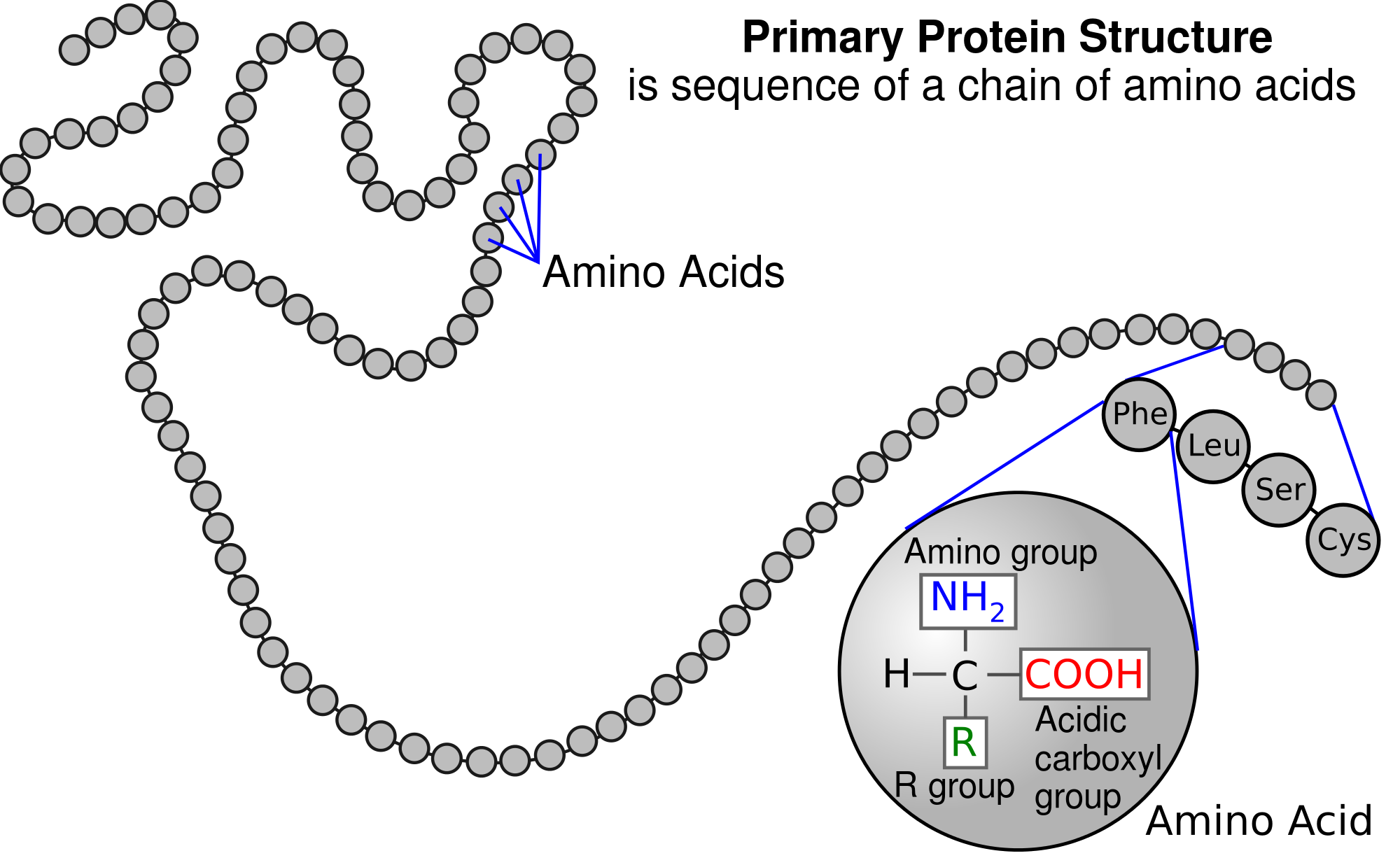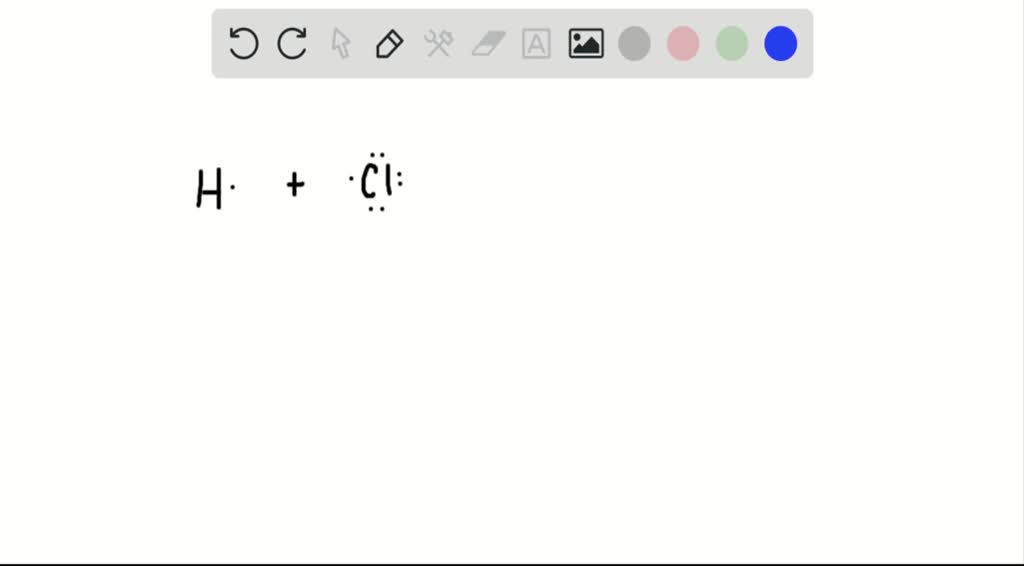Molecules Combine To Form
Molecules Combine To Form - Web polymerization, any process in which small molecules known as monomers combine chemically to produce a very large chainlike or network molecule, called a polymer. A cell is the smallest independently functioning unit of a living organism. Web two or more atoms combine to form a molecule, such as the water molecules, proteins, and sugars found in living things. Most molecules consist of atoms of different elements joined together. The reasons are as follows: One of the simplest is called methane, in which there are always four times as many hydrogen atoms as carbon atoms. Web answer (1 of 3): Substances whose molecules contain different types of. Web when atoms combine by forming covalent bonds, the resulting collection of atoms is called a molecule. Noble gas configuration is a stable configuration due to its inertness and hence most of the elements try to attain this configuration (representative elements mainly).
Can go in wither direction under different circumstances. Web most atoms join up with other atoms through chemical bonds to form larger particles called molecules. Web atoms, in a sense, are tied together to form molecules. Web a large molecule breaks down into two or more smaller ones. Substances whose molecules contain different types of. Saponification describes the alkaline hydrolysis reaction of an ester. Web monomers are the small molecules that combine using different forms of chemical linkages to form larger molecules. At the chemical level, which combine to form macromolecules. Molecules that combine to form larger more complex molecules are called monomers. Web the ratio of the numbers of atoms that can be bonded together to form molecules is fixed;
Two h atoms are combined together to form h2. There is no specific size range of the monomers. Web first, two glucose molecules can be linked together via a dehydration synthesis reaction to form maltose. Web atoms, in a sense, are tied together to form molecules. Two molecules exchange atoms or groups of atoms. A pure substance made from only one. The elements carbon and hydrogen combine to form many different compounds. Can go in wither direction under different circumstances. Web two or more atoms combine to form a molecule, such as the water molecules, proteins, and sugars found in living things. One of the simplest is called methane, in which there are always four times as many hydrogen atoms as carbon atoms.
Organization of Life Nutrition Science and Everyday Application
Web answer (1 of 11): A pure substance made from only one. Two h atoms are combined together to form h2. Two or more small molecules combine to form a larger one. The example just discussed was one in which atoms of the same element, hydrogen, join together to form a molecule.
Concepts in Biochemistry Pocket Dentistry
Usually at least 100 monomers must be combined to make a product that has certain unique physical properties. Web when atoms combine by forming covalent bonds, the resulting collection of atoms is called a molecule. For example, every water molecule contains two atoms of hydrogen and one atom of oxygen. Molecules are the chemical building blocks of all body structures..
Solved Many free radicals combine to form molecules that do
An esterification is a condensation reaction in which an ester is formed from an alcohol and a carboxylic acid. Two molecules exchange atoms or groups of atoms. Molecules are the chemical building blocks of all body structures. , that are the organization of cells into tissues and has a different set of functions that. Web most atoms join up with.
Solved This diagram shows a chemical reaction in which two
Noble gas configuration is a stable configuration due to its inertness and hence most of the elements try to attain this configuration (representative elements mainly). It is this feature that distinguishes chemical compounds from solutions and other mechanical mixtures. Web monomers are the small molecules that combine using different forms of chemical linkages to form larger molecules. , that are.
Solved This Diagram Shows A Chemical Reaction In Which Tw...
In order for two atom's to bond with each other they need to be compatible note that i used quotation marks, real compatibility is something else. Due to force of attraction energy is released to acquire stability during combination of two atom to form molecule. The atoms of molecules are linked together through a reaction known as chemical bonding. One.
Why do atoms combine to form molecule ? YouTube
Usually at least 100 monomers must be combined to make a product that has certain unique physical properties. Web the ratio of the numbers of atoms that can be bonded together to form molecules is fixed; The reasons are as follows: Web a large molecule breaks down into two or more smaller ones. Most molecules consist of atoms of different.
Which molecule is the monomer used to build polypeptides or protein
In order for two atom's to bond with each other they need to be compatible note that i used quotation marks, real compatibility is something else. Web two or more atoms combine to form a molecule, such as the water molecules, proteins, and sugars found in living things. One of the glucose molecules loses an h, the other loses an.
3.1 Types of Chemical Compounds and their Formulas Chemistry LibreTexts
, that are the organization of cells into tissues and has a different set of functions that. Molecules are the chemical building blocks of all body structures. We can therefore say that a molecule is the simplest unit of a covalent compound. Secondly, amylase can break down starch, a polysaccharide, into maltose subunits. Electrons , protons and neutrons are combined.
Why do atoms combine to form molecules SolvedLib
It is this feature that distinguishes chemical compounds from solutions and other mechanical mixtures. The reasons are as follows: The atoms of molecules are linked together through a reaction known as chemical bonding. Web answer (1 of 11): Web atoms, in a sense, are tied together to form molecules.
Elements combine to form molecules YouTube
Web the ratio of the numbers of atoms that can be bonded together to form molecules is fixed; Web in the dehydration synthesis reaction above, two molecules of the sugar glucose (monomers) combine to form a single molecule of the sugar maltose. Web a large molecule breaks down into two or more smaller ones. The chemical reactions most of the.
A Chemical Bond Is A Force That Holds Atom Together.
Most molecules consist of atoms of different elements joined together. It is this feature that distinguishes chemical compounds from solutions and other mechanical mixtures. For example, every water molecule contains two atoms of hydrogen and one atom of oxygen. Thousands of monomers can join to form giant molecules called polymers.
Web Monomers Are The Small Molecules That Combine Using Different Forms Of Chemical Linkages To Form Larger Molecules.
Combine to form molecules, the is the basic unit of structure and function in the body, and contains small structures called composed of macromolecules. Web the ratio of the numbers of atoms that can be bonded together to form molecules is fixed; Thanks for the a2a, i will do my best to give a clear image on how this works and explain it as good as my english allows me to do. Web answer (1 of 3):
Web A Large Molecule Breaks Down Into Two Or More Smaller Ones.
Web a condensation reaction is a reaction in which two molecules combine to form a single molecule. Can go in wither direction under different circumstances. For example, oxygen will form molecules consisting of two oxygen atoms. The reasons are as follows:
The Cellular Level Is Considered When A Variety Of Molecules Combine To Form The Fluid And Organelles Of A Body Cell.
Web polymerization, any process in which small molecules known as monomers combine chemically to produce a very large chainlike or network molecule, called a polymer. They can join up with atoms of the same element or with atoms of different elements. Atoms can form strong bonds with each other, making molecules. A cell is the smallest independently functioning unit of a living organism.









